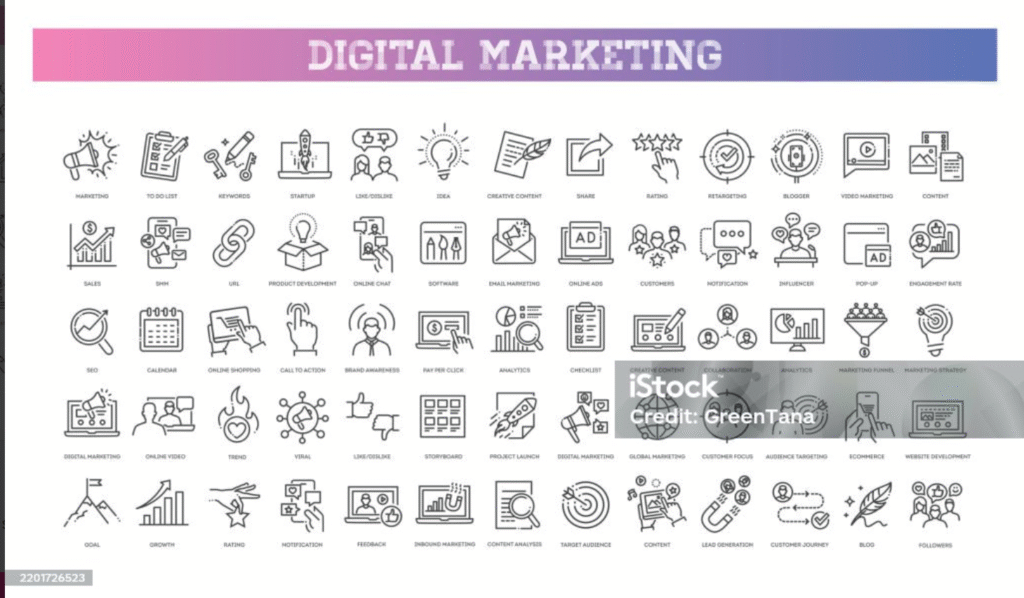
Outdoor advertising has been a dominant force in the marketing landscape for decades, and in Nigeria, it continues to stand tall despite the rapid rise of digital marketing. From billboards on busy highways to posters, transit ads, and branded installations in urban centers, outdoor advertising captures attention in ways few other mediums can. For businesses that want mass visibility and strong brand recall, outdoor ads remain one of the most powerful and cost-effective strategies.
This blog explores the essential insights and strategies for mastering outdoor advertising in Nigeria, helping businesses maximize their return on investment while staying competitive in today’s dynamic marketplace.
1. The Power of Outdoor Advertising in Nigeria
Outdoor advertising thrives in Nigeria because of the country’s unique consumer behavior and high mobility. Every day, millions of Nigerians commute through traffic-heavy roads, public transport systems, and marketplaces, where billboards and posters dominate the visual environment. Unlike digital ads that can be skipped, blocked, or ignored, outdoor ads are always visible, making them nearly impossible to avoid.
Outdoor advertising also cuts across demographics. Whether targeting urban professionals in Lagos, students in Ibadan, or traders in Onitsha, a well-placed billboard or street poster ensures the brand remains in constant view. This ubiquity creates familiarity, builds trust, and reinforces recognition—key ingredients in long-term brand success.
2. Key Benefits of Outdoor Advertising

Businesses turn to outdoor ads because of their unique advantages:
- Mass Visibility: Outdoor ads reach thousands daily without the limitations of online algorithms.
- High Recall Value: Repeated exposure on daily commutes reinforces brand memory.
- Location Advantage: Ads placed near malls, bus stops, or campuses directly influence buying decisions.
- Cost-Effectiveness: Compared to TV or radio, outdoor campaigns offer lower cost-per-thousand impressions (CPM).
- Integration with Digital: QR codes, hashtags, and social media call-to-actions make billboards interactive, bridging offline and online engagement.
3. Choosing the Right Locations
Location is the foundation of outdoor advertising success. A beautifully designed billboard won’t yield results if it’s placed in a low-traffic area. In Nigeria, high-traffic roads like Lekki-Epe Expressway in Lagos or Aba Road in Port Harcourt are prime choices because they guarantee exposure to thousands of commuters daily.
However, businesses must also think beyond highways. Smaller neighborhood boards near schools, markets, or bus terminals often deliver excellent results because they directly reach consumers at points of decision-making. The key is balancing massive reach with strategic precision—placing ads where the target audience naturally passes, works, and lives.
4. Design and Creativity: Capturing Attention Fast
In outdoor advertising, first impressions matter. Research shows commuters spend less than 6 seconds looking at a billboard, so ads must communicate quickly and effectively.
Design tips for effective outdoor ads:
- Use bold, legible fonts visible from a distance.
- Keep text short and impactful—no more than 7 words per line.
- Focus on one clear message rather than overloading with information.
- Choose high-contrast colors that stand out day and night.
- Include a call-to-action (website, phone number, or QR code).
Great creative design doesn’t just grab attention; it leaves a lasting impression that drives recall and influences purchase decisions.
5. Outdoor Advertising Formats in Nigeria
Outdoor ads come in multiple formats, each with unique advantages:
- Billboards: The most common format, ideal for high-traffic visibility.
- Street Posters: Affordable, scalable, and effective for neighborhood campaigns.
- Transit Ads: Buses, taxis, and trains reach mobile audiences.
- Digital Billboards: Dynamic displays that allow multiple campaigns and interactive features.
- Branded Installations: Creative setups at events or landmarks that boost engagement.
By mixing formats, businesses can amplify their reach while tailoring messaging to different audience groups.
6. Integrating Outdoor with Digital Campaigns
Today’s most successful campaigns combine outdoor ads with digital strategies. For example, a billboard with a hashtag encourages commuters to engage on Twitter or Instagram. QR codes can drive instant website visits or product purchases. Meanwhile, geotargeted mobile ads reinforce messaging for people who recently passed by a billboard location.
This integration creates a seamless omnichannel experience, ensuring the message resonates both offline and online. Businesses that leverage this dual power gain an edge over competitors who rely solely on one medium.
7. Measuring Outdoor Advertising Effectiveness
Unlike digital ads, where clicks and conversions are easily tracked, measuring outdoor advertising requires a different approach. Key performance indicators (KPIs) include:
- Traffic Counts: Estimating how many people pass the location daily.
- Brand Recall Surveys: Testing how many consumers remember the ad.
- Sales Uplift: Measuring increases in sales during and after the campaign.
- Digital Integration Metrics: Tracking QR scans, hashtag mentions, or web traffic spikes linked to outdoor ads.
With these tools, businesses can better understand the impact of their campaigns and optimize future strategies.
8. Challenges in Outdoor Advertising
While effective, outdoor advertising comes with challenges:
- High Competition: Prime billboard spaces are limited and expensive.
- Regulatory Restrictions: Local governments impose rules on placements, sizes, and permits.
- Cluttered Landscape: In cities like Lagos, too many ads compete for limited attention.
- Measurement Gaps: Not all ROI data is immediately available.
To overcome these, brands need professional partners—outdoor advertising agencies with experience in navigating Nigeria’s unique market landscape.
9. Future of Outdoor Advertising in Nigeria
The future of outdoor advertising is bright, especially with digital technology shaping the industry. Digital billboards are gaining traction in Lagos, Abuja, and Port Harcourt, offering dynamic visuals, real-time updates, and interactive features. Innovations such as augmented reality (AR) campaigns and 3D billboards will soon redefine how brands engage audiences in public spaces.
Furthermore, as consumers demand more personalization, location-based marketing will allow advertisers to serve contextually relevant messages at the right time and place. Outdoor advertising, when combined with smart data insights, will continue to deliver unmatched impact.
Conclusion
Outdoor advertising in Nigeria is more than just large signs on the roadside—it’s a powerful tool for influence, awareness, and growth. By mastering the essentials—location, design, formats, digital integration, and measurement—businesses can maximize their visibility and build stronger connections with their audiences.
In a competitive market where attention is scarce, outdoor advertising stands out as a timeless yet evolving strategy. The brands that will thrive are those that don’t just use outdoor ads but master them with creativity, precision, and strategy.